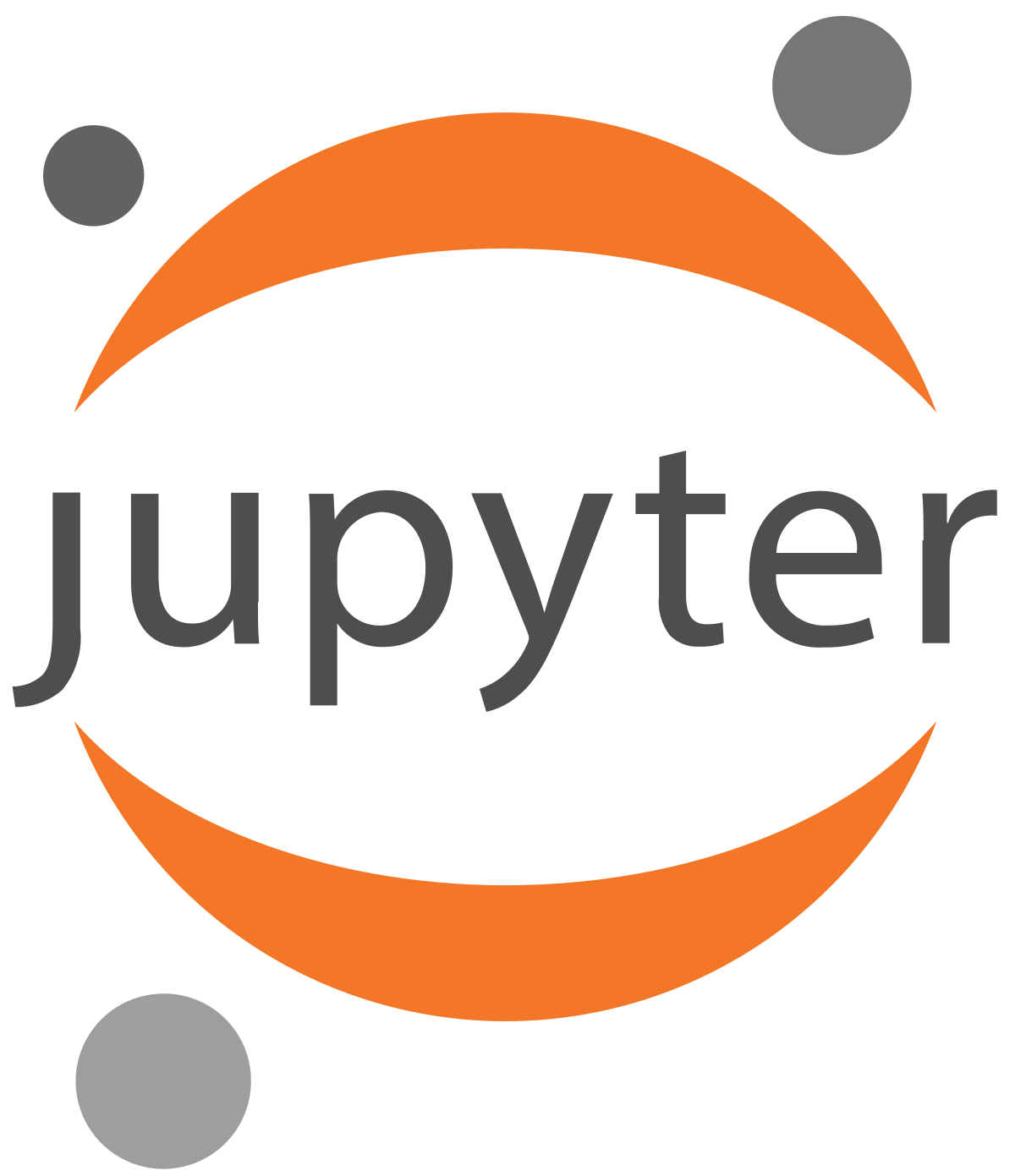1. Introduction
Posit Workbench allows you to serve multiple R and Python code development environments on a Linux server that users access via a browser. This server-based environment features:
- Integration with major authentication providers
- Multiple concurrent sessions for users
- Support for multiple versions of R and Python
- Support for multiple integrated development environments (IDEs)
- Configurable user and group resource limits
- Administrative dashboard and server health checks
- Support for integration with remote clusters for execution
Important Resources
Posit Workbench has several guides based on the user persona and subject matter. For a complete list of available documentation, visit the All Documentation section of the Posit documentation site.
Admin Guide
The Admin Guide is the primary guide to reference for managing a Posit Workbench deployment. We encourage you to use this training as an opportunity to get comfortable using this reference!
User Guide
The User Guide is targeted toward users of Posit Workbench, however there are many subjects that crossover with the Admin Guide. As an administrator, it is helpful to read the user guide to appreciate the workflows and usage patterns that users will conduct on the server.
Product Requirements
Supported IDEs
Posit Workbench currently supports the following IDEs for your users:
 |
 |
|
| JupyterLab & Jupyter Notebook | VS Code | RStudio Pro |
General Architecture
A single server implementation of Posit Workbench is the simplest architecture. By understanding the pieces of this architecture, one can generalize and extend this architecture to suit the specific requirements of the deployment environment.
The architecture above shows Workbench, R, and Python installed on the Linux server. Workbench runs user sessions on the Linux server. Session state metadata is stored on the Linux server in a SQLite database that Workbench automatically creates and manages.
To describe any Workbench implementation in general terms, the required elements are:
- Linux server(s) for Workbench and user sessions to run
- At least one version of R installed wherever user sessions run
- At least one version of Python installed wherever user sessions run
- Provisioned Linux accounts on any machine where users will log in
- User home directories accessible from wherever user sessions are running
- a database for storing session metadata accessible from wherever user sessions are running
With this understanding of general requirements, one can extend a Workbench architecture. For example, in the illustration below, Workbench is configured in multi-node cluster for high availability or load balancing.
For additional architectures, see https://solutions.posit.co/architecting/architectures/pwb/.
Launcher in Posit Workbench
Posit applications integrate with the Posit Launcher to allow you to utilize your existing cluster hardware for maximum process isolation and operations efficiency. In Posit Workbench, Launcher can be used:
Locally, to support starting Jupyter and VS Code sessions on the Workbench server
to integrate with Kubernetes, so that any kind of session or job can be started in that external cluster
to integrate with SLURM, so that any kind of session or job can be run in that cluster
Go to: 2. User Management
